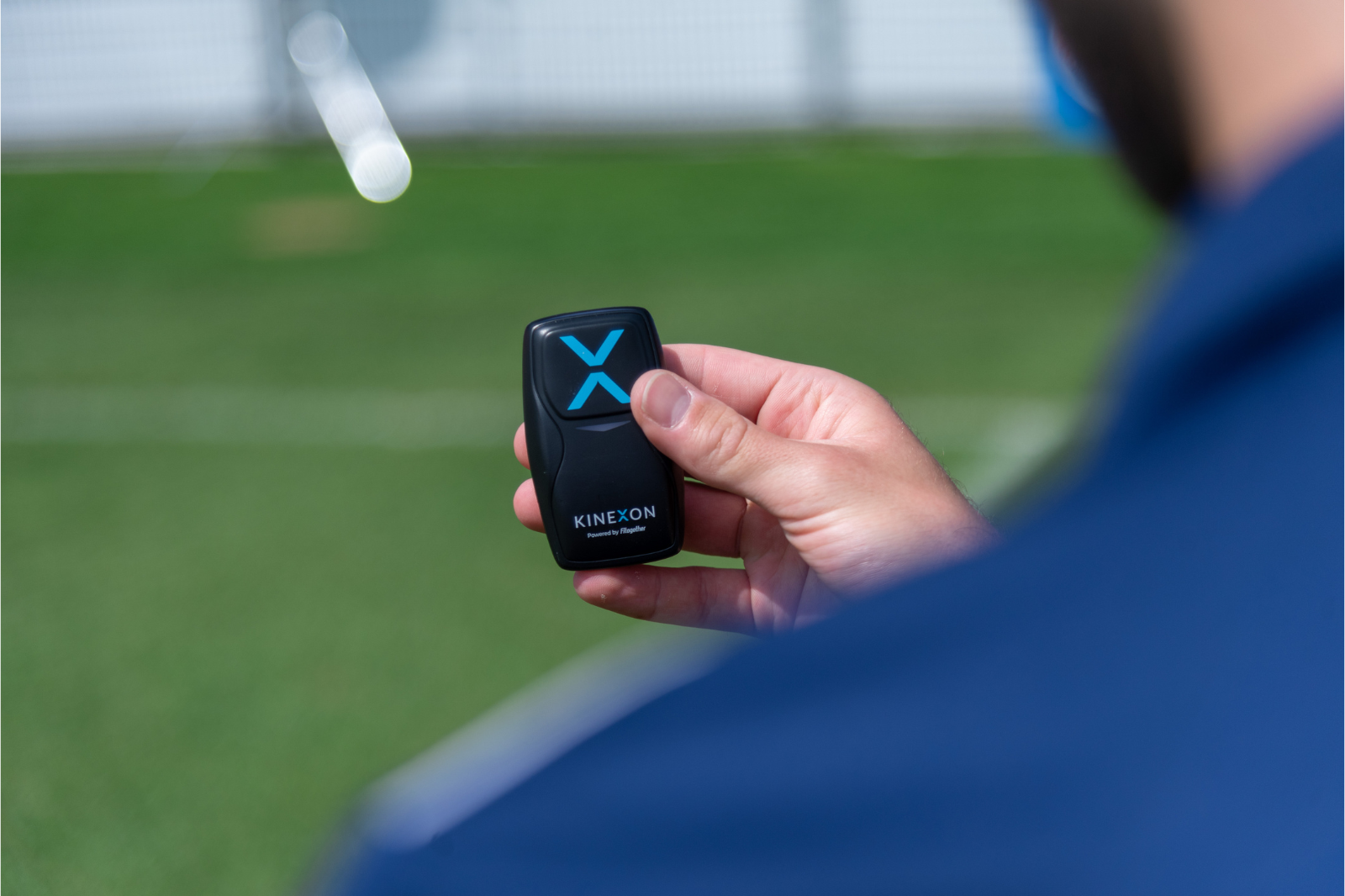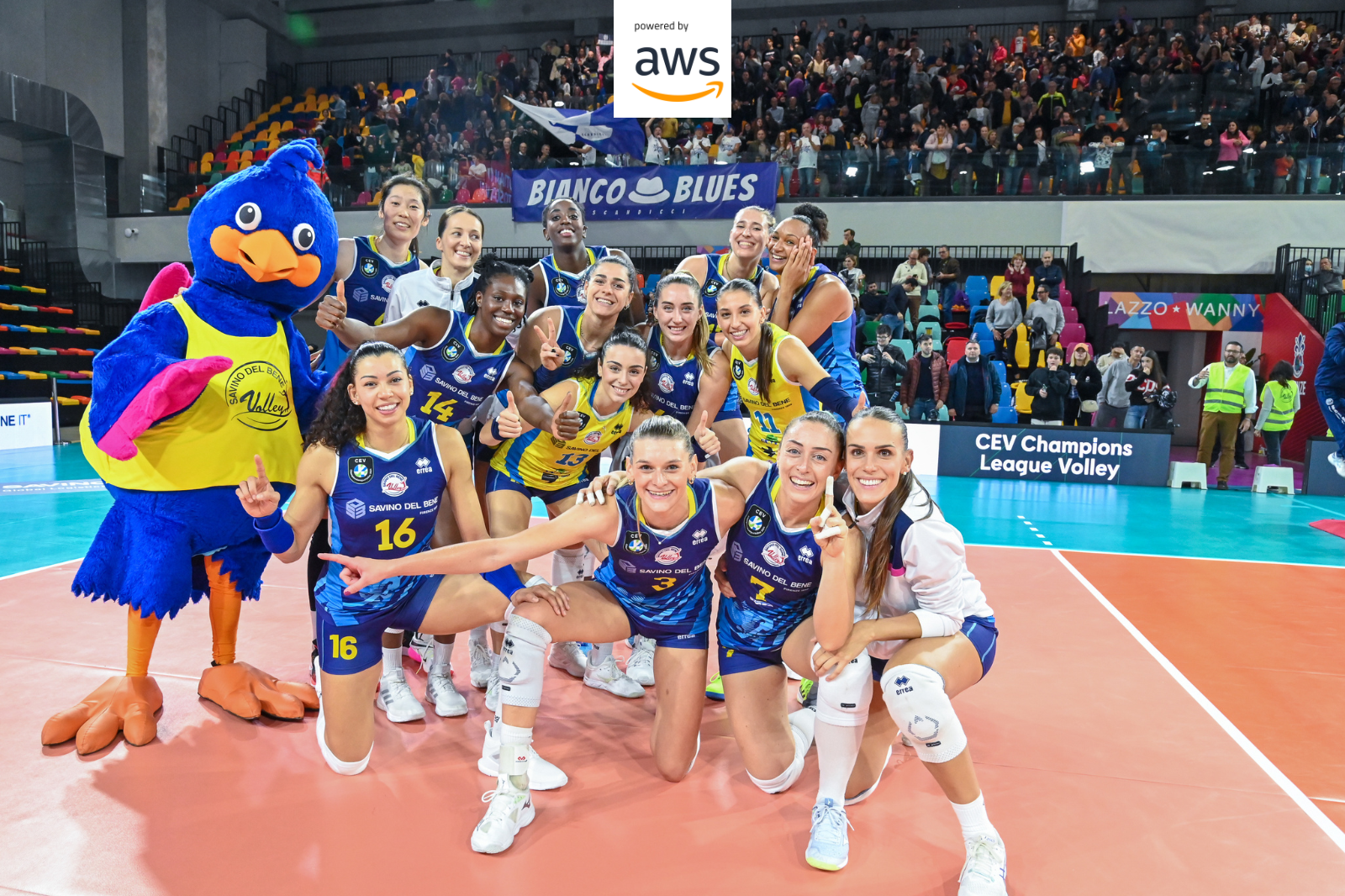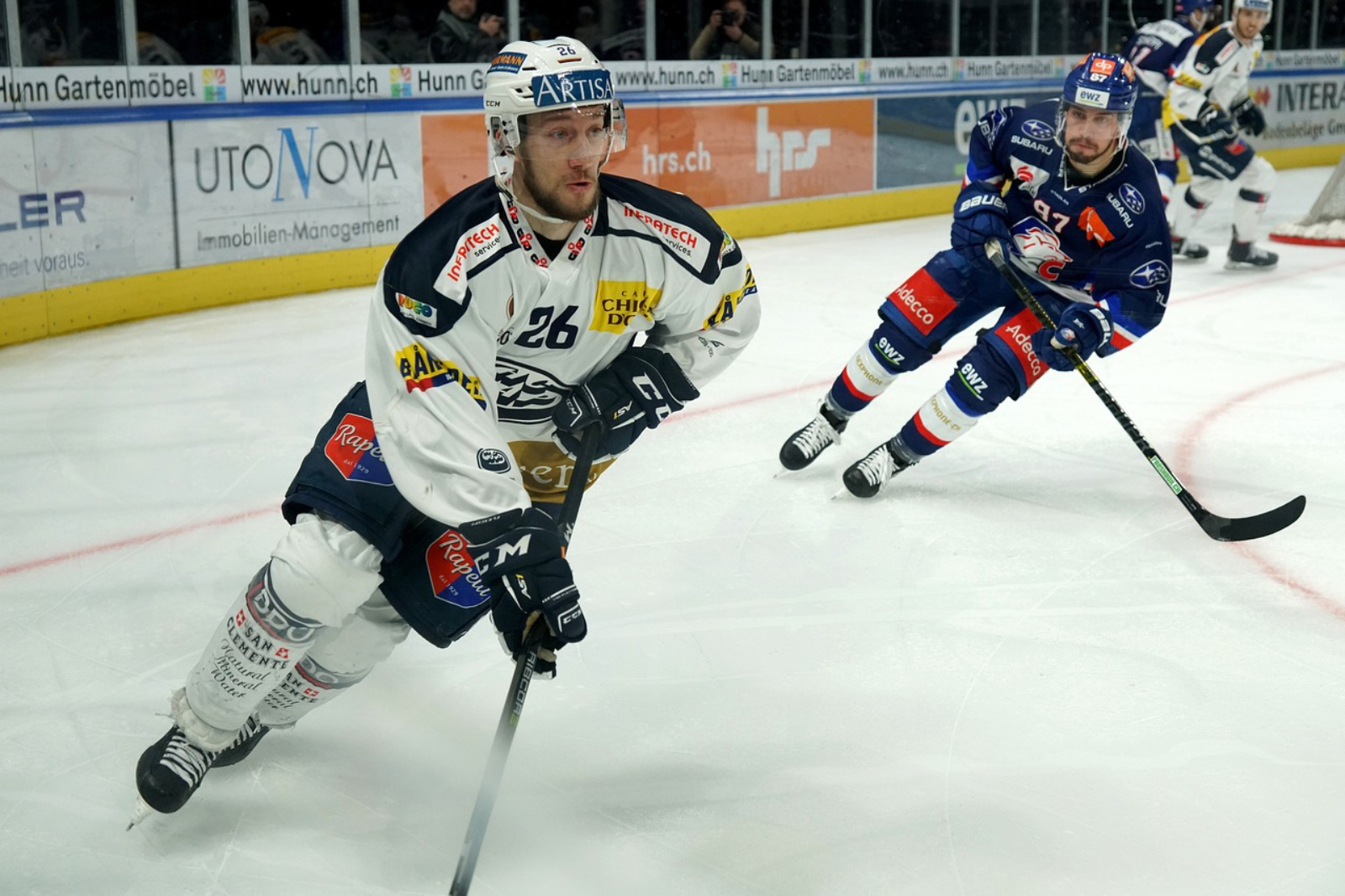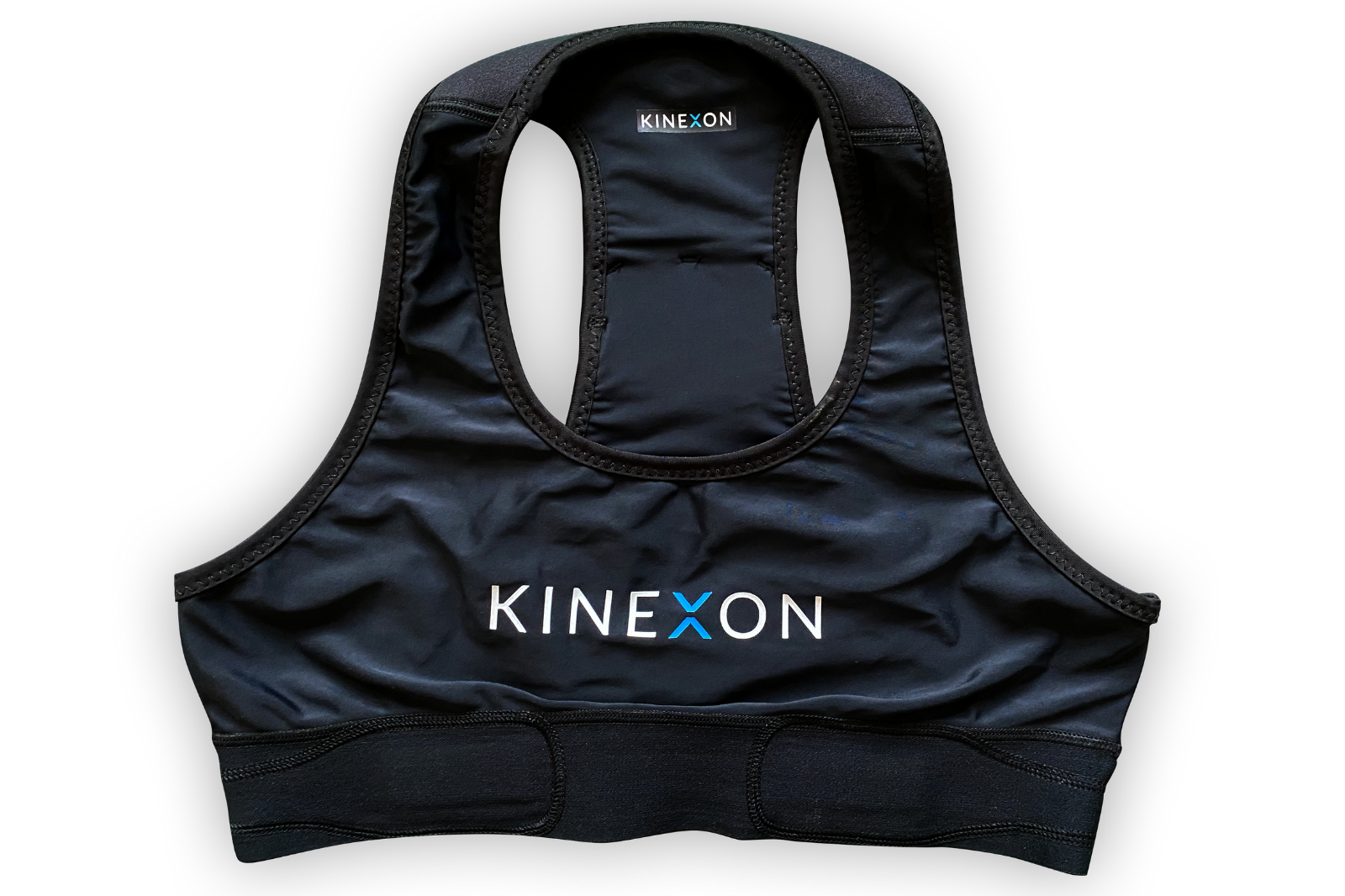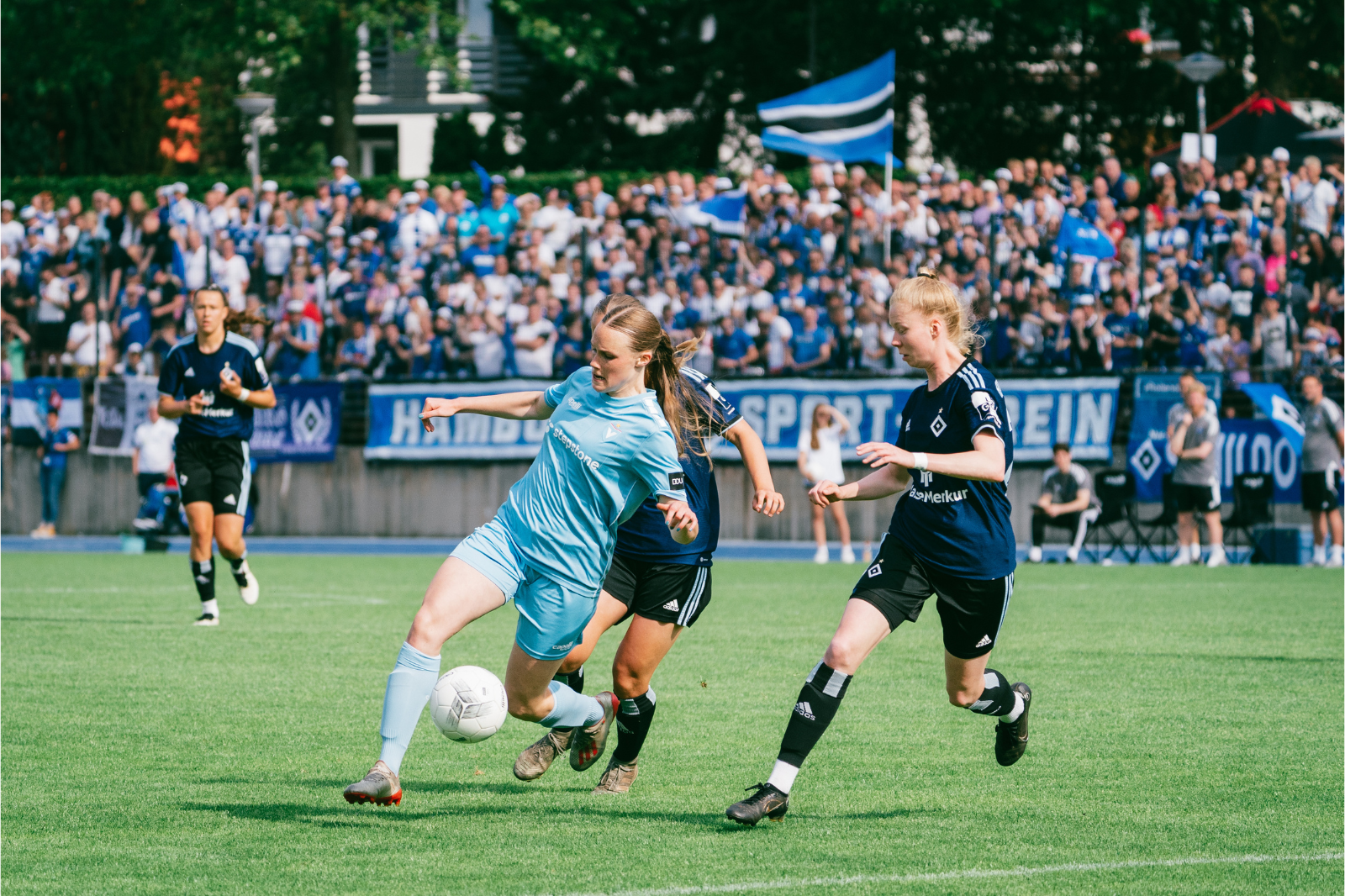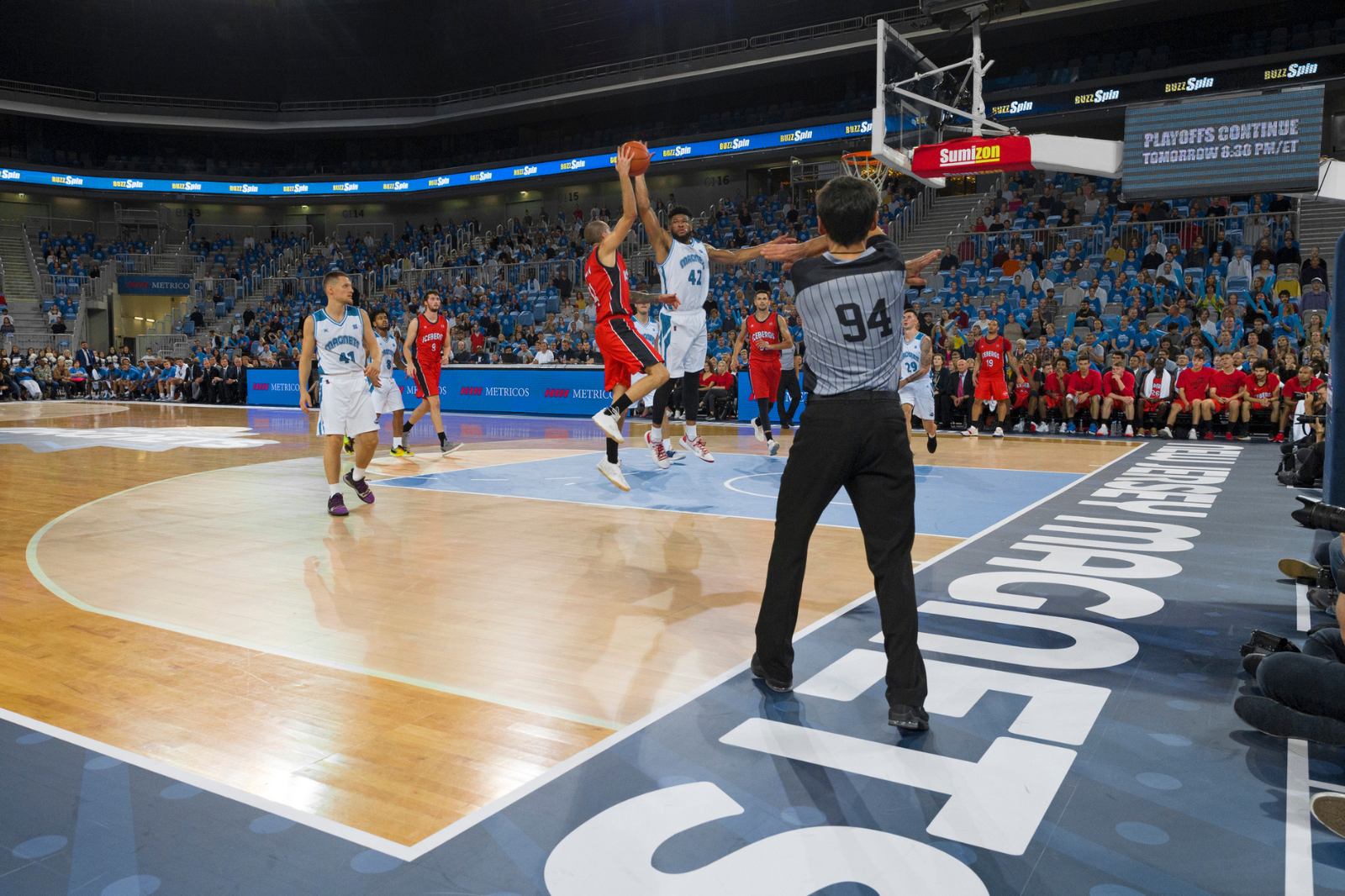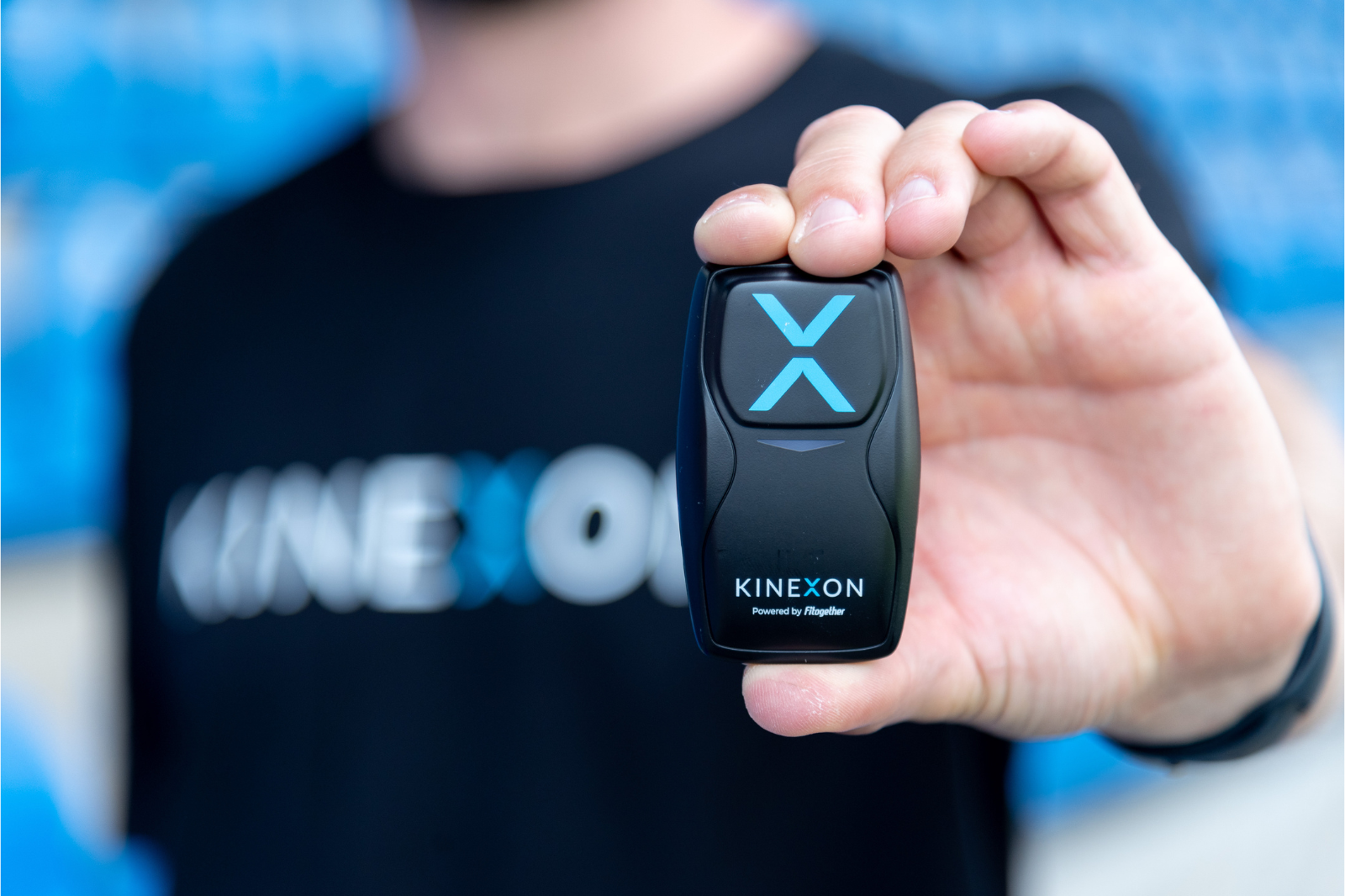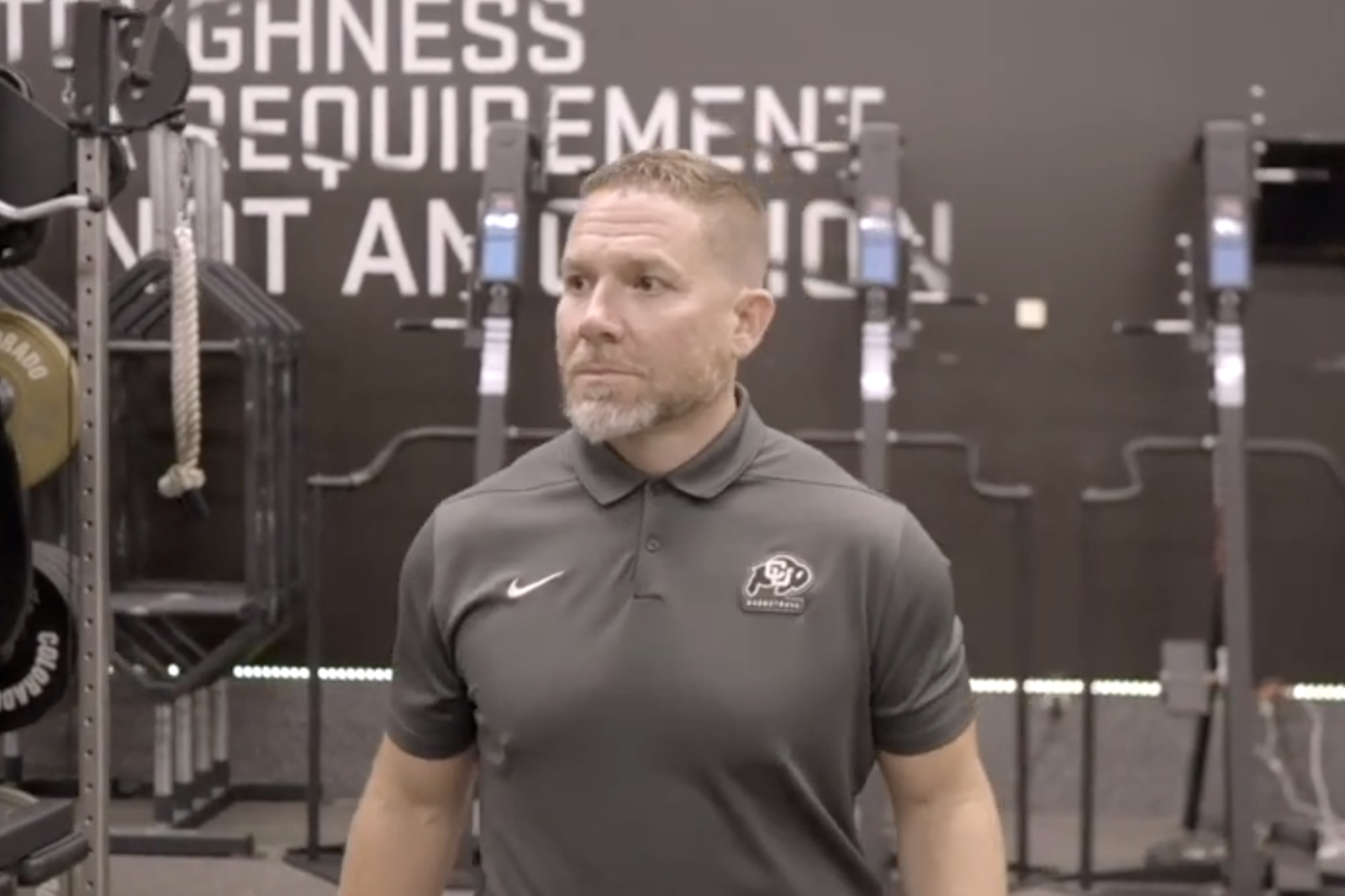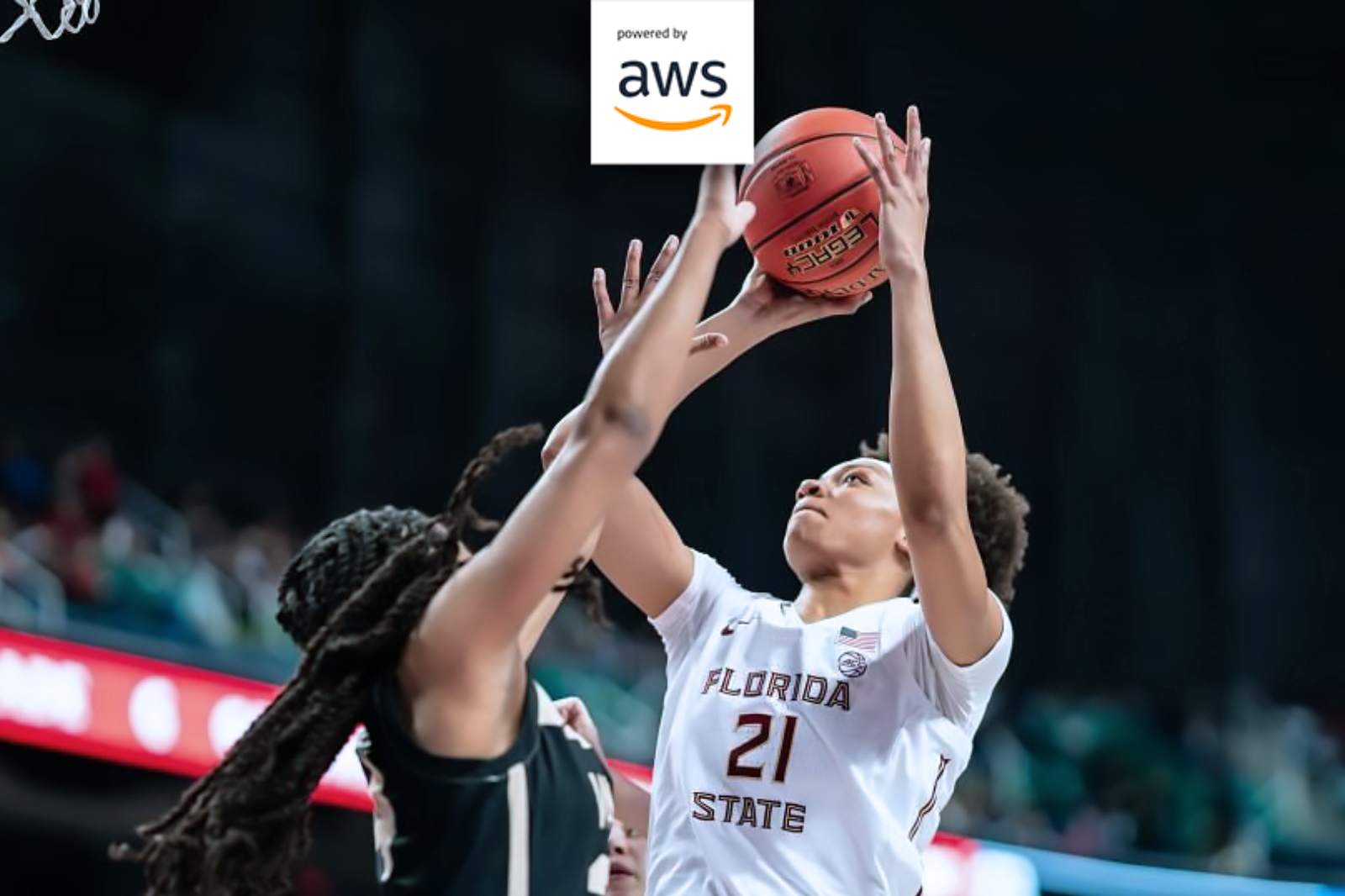Coronavirus Anxiety: 5 Tips How Employees Feel Safer with KINEXON SafeZone
“There is no health without mental health,” wrote UN Secretary General Antonio Guterres in a guest article in TIME Magazine. His message is that the coronavirus crisis is not only a threat to our physical health; it is also an immense danger to our psyche. How can KINEXON SafeZone help?
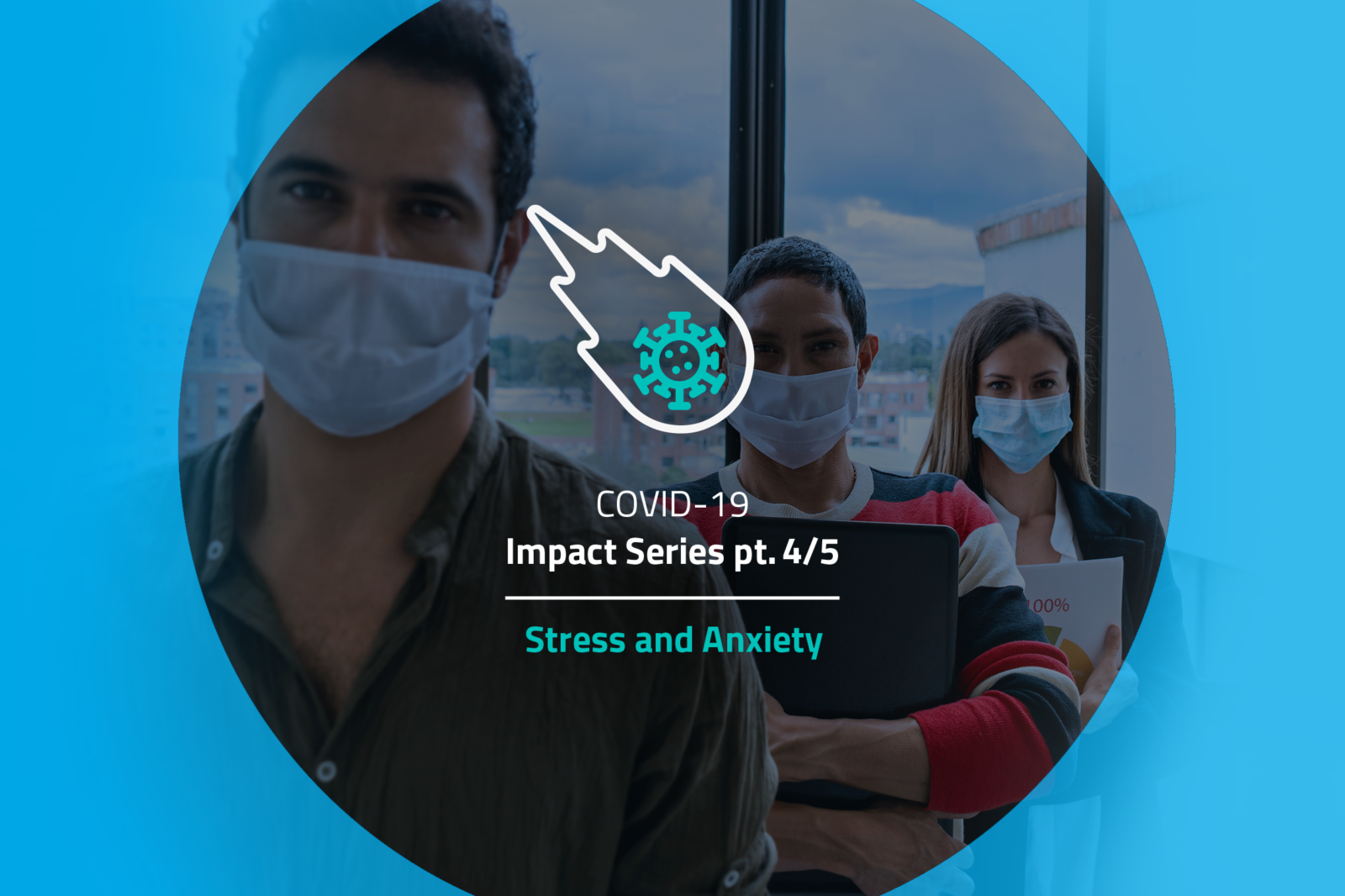
Mental stress and disease were already underestimated before the pandemic. They were too often stigmatised, generalised and neglected. Now, in the shadow of the virus threat — they are increasing rapidly.
According to an online survey by Statista, up to 40% of German and up to 38% of US workers were concerned about their mental health between March and May 2020 (source: Statista 2020).
Therefore: The health of employees must be a top priority for companies in all its facets.

It is not only the danger of infection that puts people in fear. It’s also an uncertain future, the fear of losing one’s job, increased stress and pressure, lack of social contacts, lack of routine and daily new horror stories that cause emotional stress and endanger mental health.
What does this mean for company hygiene protocols?
In the fight against COVID-19, the planning and implementation of safety and hygiene protocols is about more than just compliance with hygiene and distance regulations or tracing of possible infection chains.
It also must address the concerns and fears of employees. After all, if employees do not feel sufficiently protected and understood, even the strictest hygiene protocol will not bring a company back to its former productivity.

Sum that the global economy loses per year due to depression and anxiety.
Reliable protection alone is not enough — trust is just as important
For a lot of people, KINEXON SafeZone already reduces the risk of a COVID-19 infection at work. Our small lightweight wearable warns users as soon as they come too close to another person. It also gives reliable information about how intense there contact was with a person infected with COVID-19.
Hundreds of conversations, one main finding
In recent months, we have held hundreds of meetings with employees, works councils, department heads, board members and other decision-makers.
Our impression is that in order to feel safe in the workplace, to be able to concentrate fully on our tasks and to always comply with the applicable protective measures, we need more than just protective measures that work reliably and precisely. We also need measures that restrict our freedom as little as possible.
We all know that safety can never be guaranteed. However, the certainty of being protected in the best possible way and the impression of not being constantly reminded of risks contribute enormously to our individual sense of security.
We have therefore asked users of our product, KINEXON SafeZone, about their perception. We received exciting feedback:


Ever heard of the so-called “STOP” principle? It defines the hierarchy of protective measures as follows:
1. Substitution of sources of danger
2. Technical measures for danger prevention
3. Organizational measures for danger prevention
4. Personal protective equipment

of potentially critical contacts were actively avoided by users of the KINEXON SafeTag after only a few days.

Do you always keep a distance 6 feet in everyday life? Probably not. Even if you do, it’s harder than you think. A recent test with one of our customers showed that 80% of the employees who wear our SafeTag misjudged the number of critical contacts they had during the course of a day. Several of their contacts hadn’t even been noticed.

is what it takes on average until KINEXON SafeZone detects an intensive contact, warns acoustically and optically and records it anonymously.

If a case of infection becomes known in the company, fear spreads immediately. Did I have contact with the person affected? If so, how close and for how long? The faster these questions can be answered reliably, the faster this fear is overcome. The waiting phase of the reconstruction of a possible infection chain must be reduced to a minimum.

is the average time until it’s determined with KINEXON SafeZone if employees have had contact with an infected colleague or not.

According to the German Robert Koch Institute, DIY masks (also: “community masks”), medical face masks and particle-filtering half masks — in varying degrees of quality — reduce the risk of a virus infection. However, all three do not replace the recommended minimum distance. The most effective measure remains a strictly observed minimum distance.

were needed for the security protocol of the German Basketball League or office protocol like the one used by the agency Track.

According to a study by the recruiting agency “Avantgarde Experts,” 61% of the interviewed home office workers miss their colleagues and one in three workers feel more alone than before the pandemic. Enabling real encounters therefore contributes greatly to a better sense of well-being. However, it is important that workers also feel safe when they interact socially!

users of KINEXON SafeZone stated that they feel safer in their daily work by wearing the SafeTag.

Read the other articles of our“Impact Series” here:
- FINANCIAL RISKS:
“How KINEXON SafeZone Saves Money by Protecting Employees” - SOCIAL RESPONSIBILITY:
“Why Companies Now Have a Particularly High Social Responsibility” - THREATS TO COMPETITIVENESS:
“Those Who Do Not Prioritize Employee Protection Put Their Competitiveness at Risk” - LEGAL ISSUES:
“Legal Implications of COVID-19: “One Should Think About the Worst Case Scenario”

